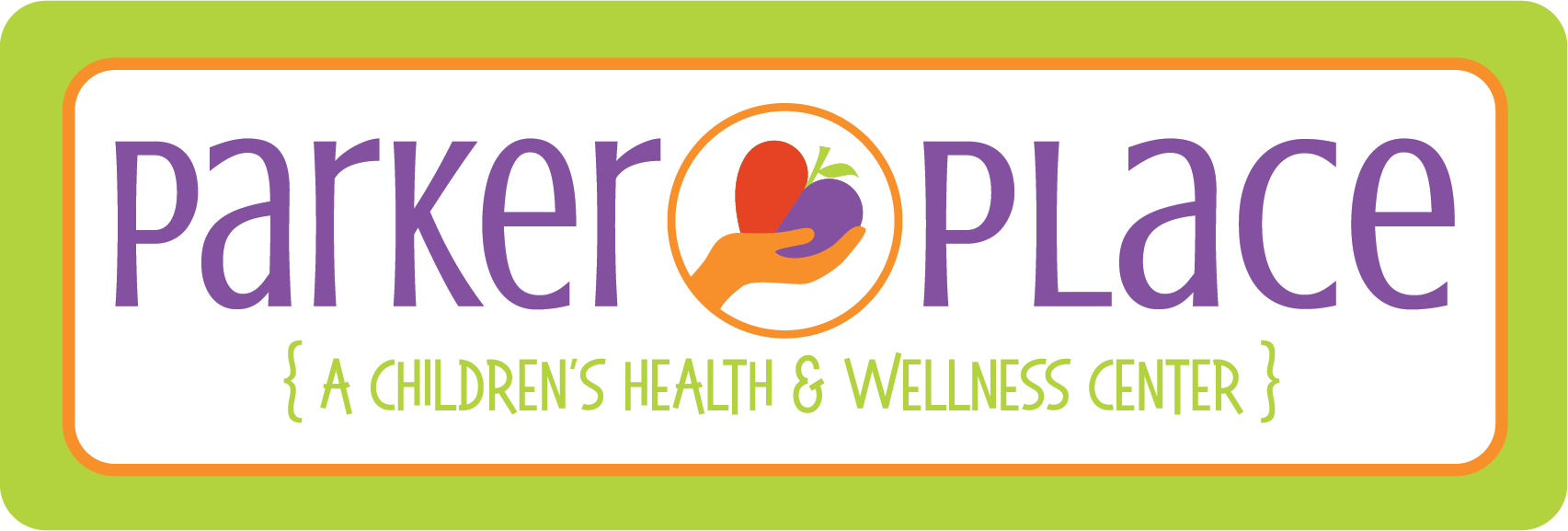anxiety disorders
Your child is going through critical stages of development where social and physical aspects of their world are constantly changing. These may impact their mental health causing them to feel overwhelmed with fitting in, managing a busy school schedule, and coping with stressful situations. Have you noticed your child experiencing any of the following behaviors listed below within the past 6 months? If so, we are here to help your child and your family understand why they may exhibit these behaviors. If you notice any of these behaviors in your child it is important for your child to receive a medical diagnosis. Getting a diagnosis is the first step to ensuring your child gets the help and services they need to be successful and reach their full potential in all their meaningful activities.
general Anxiety Disorder (GAD)
This is when your child regularly has a worry on their mind making it hard for them to focus on everyday activities. These feelings may result in a persistent feeling of dread/nervousness that may impact your child’s engagement in school, home, and play. Symptoms must last longer than 6 months to get a diagnosis of GAD. Below are some of the red flags for if your child has GAD and may warrant a mental health evaluation.
Physical Symptoms of GAD
Trembling
Twitching
Tense muscles
Headaches
Sweating
Hot flashes
Heart palpitations
Lightheadedness
Trouble breathing
Nausea
Urinating often
Lump in the throat
Fatigue
Having headaches, muscle aches, stomachaches, or unexplained pains
Behavioral Symptoms of GAD
Irritability
Trouble falling asleep or staying asleep
Poor concentration
Being easily startled
Unable to relax
Mental SYMPTOMS OF GAD
Feeling panic, fear, and uneasiness.
Nightmares
Repeated thoughts or flashbacks of traumatic experiences.
Uncontrollable, obsessive thoughts
sOCIAL ANXIETY
Have you noticed that your child is afraid of what others will think or say about them in social situations? Social situations in school, at home, or in public may cause extreme fear, self-consciousness, and or embarrassment. As a result, your child may avoid certain social interactions to avoid these feelings of stress or anxiety which may impact their relationships with others and ability to engage in meaningful activities. Below are some of the red flags for if your child is experiencing social anxiety and may warrant a mental health evaluation.
Physical Symptoms of Social Anxiety
Blush, sweat, or tremble
Have a rapid heart rate
Have a rigid body posture, or speak with an overly soft voice
Behavioral symptoms of Social Anxiety
Find it difficult to make eye contact, be around people they don’t know, or talk to people in social situations, even when they want to
Feel self-consciousness or fear that people will judge them negatively
Avoid places where there are other people
Fear of situations in which they may be judged negatively
Intense fear of interacting or talking with strangers
Fear of physical symptoms that may cause embarrassment, such as blushing, sweating, trembling, or having a shaky voice
Avoidance of doing things or speaking to people out of fear of embarrassment
Avoidance of situations where they might be the center of attention
Extreme anxiety in anticipation of a feared activity or event
Analyze their performance and identification of flaws in their interactions after a social situation
Expect the worst possible consequences based on a previous negative experience during a social situation
Avoid everyday situations (school, work, social gatherings)
Selective Mutism
Have you noticed that your child refuses to talk at school, with friends, or in other places where they experience socializing? fear. You know that your child has the skills to produce speech, but notice in certain situations they do not speak. This is known as selective mutism, an extreme form of social phobia that causes kids to be so afraid they can not talk due to an overwhelming feeling of panic or anxiety when they expect to speak. Below are some of the red flags if your child experiences selective mutism and may warrant a mental health evaluation.
Characteristics of Selective Mutism
They will not speak during school at times when they should
This behavior lasts for at least 1 month excluding the first month of school because children may be initially shy
Your child is able to speak the language but chooses not to in certain situations
Your child does not have a speech or language problem that might be causing them to avoid talking
Your child may cling to you or be withdrawn from social situations
They may speak to family members but be fearful of engaging with new people
Freezing episode when they are expected to talk to new people
They may appear “tense” or “still” during this freezing period


